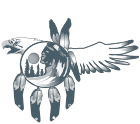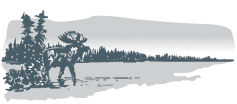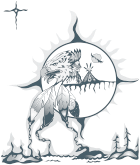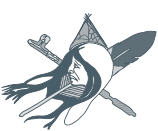The first ‘mixed’ cultural and natural UNESCO World Heritage site in Canada
Part of the largest stretch of untouched boreal wilderness left on earth
Pimachiowin Aki is home to millions of trees, hundreds of lakes, rivers and wetlands, over a thousand plant and animal species, and an ancient living culture that thrives today. It is the largest protected area in the North American boreal shield.
Cared for by Anishinaabeg for over 7,000 years
Anishinaabeg live as one with Pimachiowin Aki, using ancient conservation practices to keep the land it in its purest form for all generations.
The Creator has given us the responsibility to protect and care for the lands on which we were placed.
First Nations Accord
News Stories
 Read More
Read MoreYear of Collaboration: 7 Highlights
This year, Pimachiowin Aki achieved several milestones that highlight the power of collaboration. Re…
 Read More
Read MoreGuided by Teachings—Carol’s Approach to Translation
If Anishinaabemowin is your first language as a baby and for the rest of your life, you will be Anis…
 Read More
Read MoreFoundations – Is Our Past Our Future?
By Doug Gilmore Recently I found myself reflecting on the early days of Pimachiowin Aki. Many fond m…
29,040 sq.km. of protected area in the heart of Canada
Pimachiowin Aki is the homeland and lifeblood of the four Anishinaabe First Nation communities who care for the land.
Click the map locations to explore

Poplar River First Nation
400 kilometers from Winnipeg. Home to about 2,000 residents.
Pauingassi First Nation
Inland community with traditional territory on both sides of the Manitoba-Ontario border. Home to about 700 residents.
Little Grand Rapids First Nation
Inland community situated along the Berens River, with traditional territory on both sides of the Manitoba-Ontario border. Home to about 1,800 residents.
Bloodvein River First Nation
210 kilometers north of Winnipeg. Settled along three kilometers on the banks of the Bloodvein River. Home to about 1,900 residents.
Atikaki Provincial Park
Wilderness park, where most existing tourism occurs.
Woodland Caribou Provincial Park
Wilderness park, where most existing tourism occurs.
 The Land that Gives Life
The Land that Gives Life  Keeping the Land
Keeping the Land 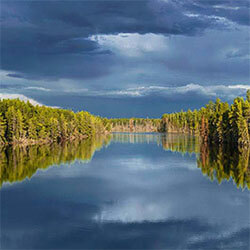
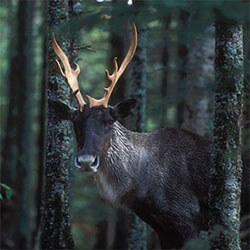

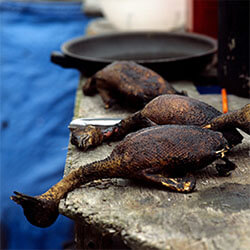

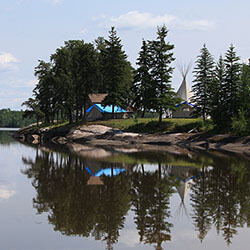
 Explore the living cultural landscape
Explore the living cultural landscape 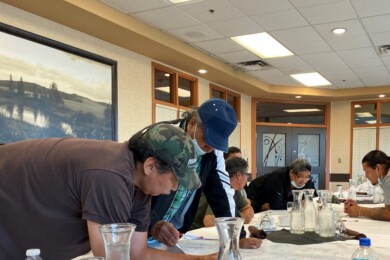

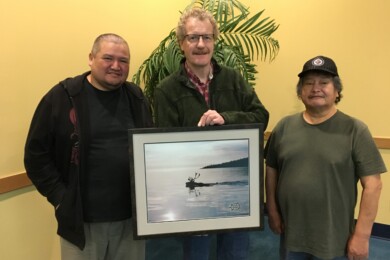
 Shop
Shop 